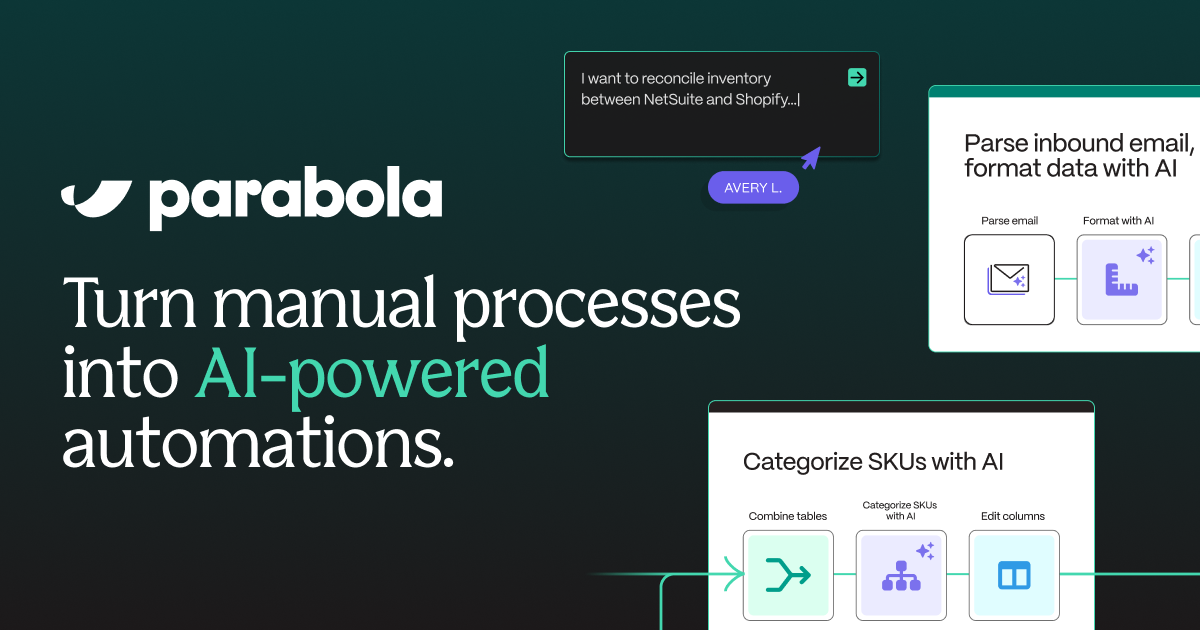Find and Replace Values Within Your Netsuite Data – Free Template
Find and replace values within your Netsuite data without writing a single line of code.

Find and replace values within your Netsuite data without writing a single line of code.









Parabola seamlessly integrates with NetSuite to help you automate your data transformation processes without any coding required. Here's why this integration is valuable:
Before you can begin finding and replacing values, you'll need to pull your data from NetSuite into Parabola. The process starts with the Pull from NetSuite step, which connects directly to your NetSuite saved searches and brings your data into your Flow.
The find and replace functionality in Parabola allows you to make systematic changes to your data using simple rules. This powerful feature can transform your data according to your specific needs without requiring complex formulas or coding.
When dealing with customer records, companies often face issues with inconsistent naming conventions. Using Parabola's find and replace functionality, you can automatically standardize variations like "IBM Corp," "IBM Corporation," and "IBM Inc." to a single standardized format.
For inventory management, product codes might contain unwanted characters or outdated prefixes. Create a Flow to automatically clean these codes by removing special characters or updating old SKU formats to match new conventions.
Financial data often comes with mixed currency formats. Build a Flow to standardize currency representations by finding various symbols and formats (€, EUR, Euro) and replacing them with a consistent format for better reporting.
Finding and replacing values in your NetSuite data doesn't have to be a manual process. With Parabola, you can create automated Flows that handle these transformations consistently and reliably. Start building your own data transformation Flow today to save time and reduce errors in your data management processes.








Request a demo and see how Parabola can automate
your most manual SOPs.